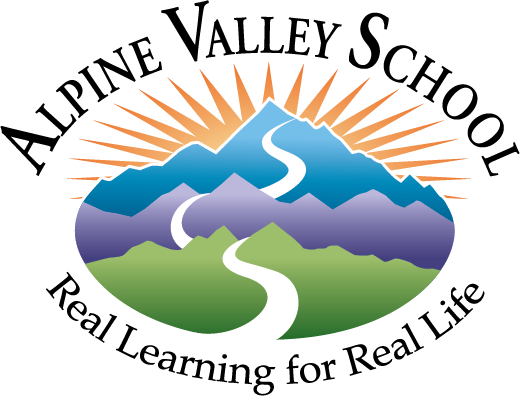A Rubric For Igloo-Building
In my early years as an educator, I witnessed the beginnings of the data-driven assessment madness, including the seeming answer to the school administrators‘ prayers, the mighty rubric. For the uninitiated, a rubric is a chart that:
[simplif[ies] the process of assessing and grading student work. [Rubrics] make an educator’s life easier by allowing them to quickly determine whether a student has grasped a concept and which areas of their work exceed, meet, or fall short of expectations.
With their convenience and apparent objectivity, the tragic consequences of these infernal devices can hardly be overstated. Instead of streamlining instruction and making assessment fair and clear, hapless students can now focus their anxiety on a chart of fixed, predetermined tasks. Meanwhile, teachers’ appreciation for their subject is confined in a straitjacket of checkboxes. For both students and teachers, the possibility of building genuine connections is even more diminished than before, and conventional schools are even more divorced from reality.
Recently, many of my fellow School Meeting members decided to create an igloo (or snow fort). It was big. I mean, really big — taller than me and half the length of the yard. Most of the snow from that end of campus was collected to achieve this mountain. Driving up to school the other day, I wondered whether — should an authority walk up to me and demand that I defend the educational efficacy of this massive mound of snow — could I actually do it, and in their language?
Here, then, is my attempt to fabricate a rubric much like many students in conventional schools face all the time.
Does this seem ridiculous? And yet how many adults would be reassured if I went on at some length about such things as winter weather safety, the use of different shovels for different tasks, and details of proper igloo design? Why should I even have to defend authentic learning? The fundamental reason is that today’s culture — especially as it relates to child-rearing and education — is nearly devoid of trust. The rubric is just a symptom of this paucity of trust in others to direct their own lives.
The Sudbury model of schooling can be described by focusing on several key facets. I’ve spoken before about the critical intentionality of community, but trust is absolutely fundamental.
Trust in education, trust in human relations means believing a person is capable of living their lives in a meaningful way. As a staff member at Alpine Valley School, it often means forbearance, as opposed to intervention. Year after year, children learn from our trust to trust in themselves and others.
What if we just trusted children who are growing up in an intentional community, surrounded by caring adults and lots of older and younger fellow students all living their lives as it naturally unfolds? What if we gave up society’s preoccupation with measuring and trying to guarantee that learning appears in certain forms at scheduled times?
When we can do so, we see, over time, really remarkable and undeniable examples of learning.
A rubric would not only have been unhelpful here, it likely would have taken all the joy and learning out of this playfully intense activity. Do you want the young people in your life to be happy, autonomous, resilient, and creative? Trust them. Have questions? Talk to staff, and study the ample evidence of the wonders of self-directed learning. (See our Podcast for many such stories.)
As with all human relations, trust can be difficult to give — especially when it comes to those dependent on us for becoming educated and independent. Yet the more we can trust, the more amazing the results.


